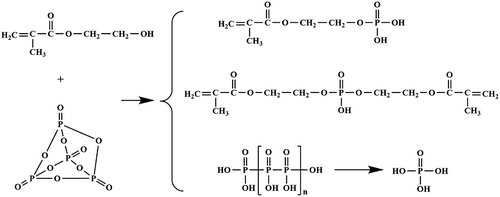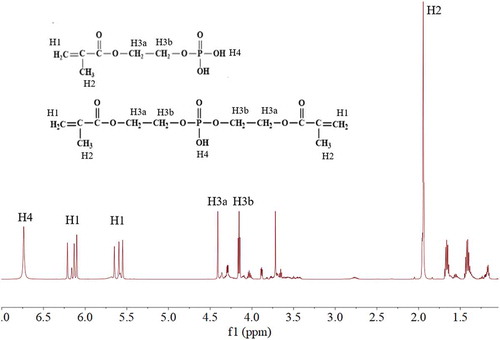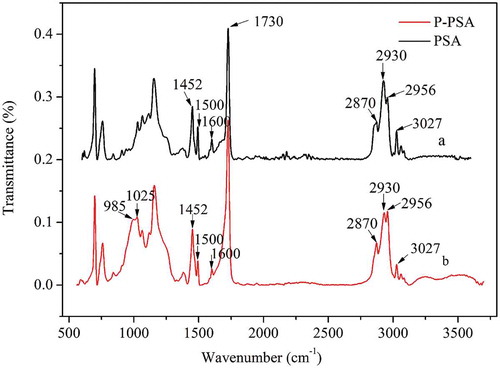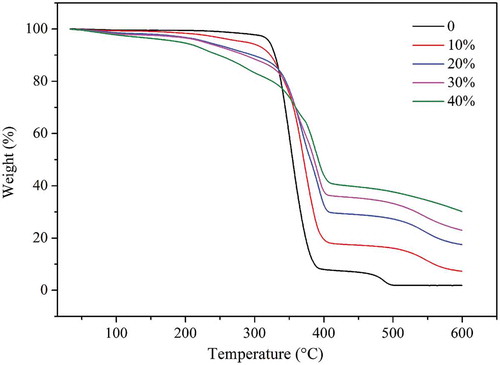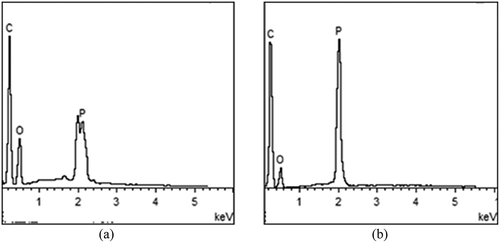Figures & data
Table 1. Recipe of the prepared P-PSA emulsion.
Table 2. Effects of P-monomer content on the prepared P-PSA emulsion.
Figure 4. TEM images of emulsions with different P-monomer contents: (a) 0, (b) 10%, (c) 20%, (d) 30% and (e) 40%.
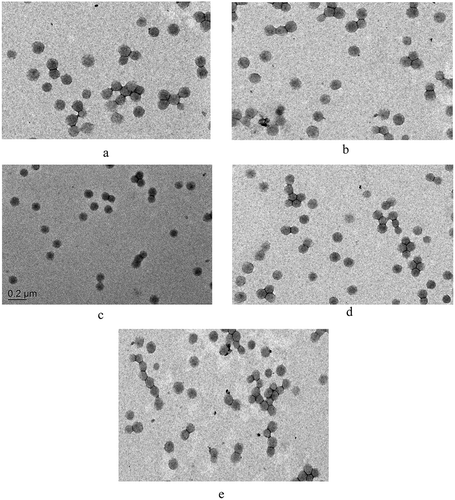
Table 3. Effects of P-monomer content on flame retardancy of P-PSA co-polymers.
Figure 6. Morphology and components of char residue of P-PSA co-polymer: (a) exterior and (b) interior.

Table 4. Element composition of P-PSA (30 wt% P-monomer) resin content before and after burning.

